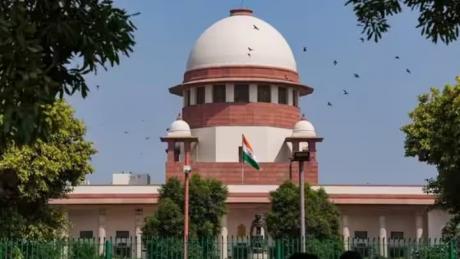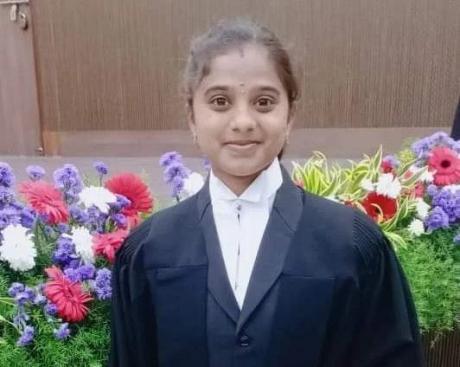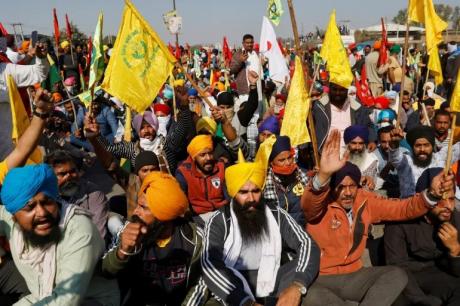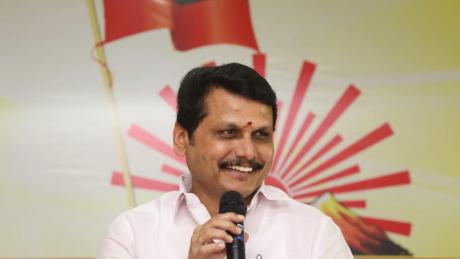The five-judge constitutional bench of the Supreme Court had a conflicting turn on Monday - January 2 after delivering a discordant verdict of upholding the demonetisation, which was overtly dubbed as an economic blunder committed by the BJP regime with the objective of curbing the black money and banning the funding for illegal activity and terrorism. The over-night announcement of demonetisation was made by Prime Minister Narendra Modi on November 8, 2016.
While the Prime Minister claimed that the demonetisation of the high value banknotes of Rs 500 and Rs 1000 would eliminate the shadow economy and reduce use of illicit and counterfeit cash to fund terrorism and other illegal activities, it on the other hand sparked a prolong nightmare for millions of Indians as thousands of people queued before the banks and ATMs to surrender the high value banknotes and to replace them with other denominations.
As demonetisation was announced immediately, the crisis caused major cash shortages across the country and triggered a wave of disruption on the economy. While the exercise to curb black money was initially welcomed, the situations aftermath had drawn huge criticism to the Modi government not only from several Indian people but also from international economists. Demonetisation and disruption had killed many lives and closed many businesses.
Many economists said that the exercise only shouldered more burden on general public and put them in chaos. It became evident that demonetisation didn't achieve its objective as in 2018, a report from the Reserve Bank of India (RBI) revealed that about 99.3% of the demonetised bank notes were deposited in the banks and it displayed that demonetisation was a failure in removing black money. It was estimated that 1.5 million jobs were lost owing to demonetisation.
The hasty announcement of demonetisation was challenged legally and initially, a Public Interest Litigation (PIL) was filed by Seeni Ahamad of the Indian National League to revoke the demonetisation. Hearing the plea, a High Court eventually dismissed it stating that it could not interfere in monetary politics of the government. However, multiple PILs were quick to follow and the Supreme Court was hearing about 58 petitions against the demonetisation.
In what has become a closely-watched case involving the war of arguments between the high-profile advocates, the five-judge constitutional bench of the apex court observed arguments from various stakeholders and on Monday - January 2, it pronounced a judgment of upholding the demonetisation. The five-judge bench was comprising of Justices S Abdul Nazeer, BR Gavai, AS Bopanna, V Ramasubramanian, and BV Nagarathna.
The court spelled a discordant verdict as while Justice Nagarathna came down hard against demonetisation, the rest four judges backed it and gave it a weight of the majority. In a judgment that drawn a nationwide attention, the Supreme Court held that the power under Section 26(2) of RBI Act can be used to demonetise whole series of bank notes and not any particular series, saying that 'any' cannot be given restrictive meaning.
The apex court had also noted that the Section cannot be struck down as unconstitutional on the ground of excessive delegation. The verdict was read by Justice Gavai and the court further said that the centre's decision-making process could not have been flawed as there was consultation between the Reserve Bank of India and the Union government for a period of six months. It noted that the notification dated November 8, 2016, which announced the decision to scrap the high-value curreny notes, cannot be called unreasonable and struck down on the ground of decision making process and proportionality.
In the verdict, the majority of judges said, "The decision making process cannot be faulted merely because the proposal emanated from the Centre. We have held that there was a reasonable nexus with the objectives sought to be achieved." Earlier, appearing for the petitioners, veteran lawyer and former Union Minister P Chidambaram questioned the scope of section 26(2) of the RBI Act by saying that the section only gave limited powers to demonetise any particular series of denominations and that special legislation should be passed, if all series are to be demonetised.
According to reports, during the hearing on September 28, the constitutional bench said that it would examine if the petitions were academic as the demonetisation had occured six years ago. Appearing for the central government, Attorney General R Venkataramani and Solicitor General Tushar Mehta had argued that it was academic as it's been six years since it was passed. On the other hand, P Chidambaram contended that the validity of the demonetisation can be challenged.
Later on November 24, Chidambaram contended that the demonetisation was unconstitutional and said that the decision making process was flawed and was subject to judicial review. During the hearing on December 8, the former Union Minister said, "Even if this court cannot strike down demonetisation now that it has started hearing this case six years later, this court can pronounce on the decision making process and the decision." Countering his arguments, Attorney General Venkataramani said, "No well-meaning person will say that just because you have failed, your intention was also flawed. This does not make logical sense."
He noted that the objectives of the policy including banning the black money and counterfeit currency should be tackled by dealing with them in a sudden manner. Senior advocate Jaideep Gupta, appearing for RBI, said that the decision of demonetisation was taken by the Union government based on RBI's recommendation. After recording all the arguments, the Supreme Court reserved the verdict on December 7 by directing the Centre and RBI to disclose relevant records of demonetisation by December 10.
A voice of dissent: Why Justice Nagarathna opposed demonetisation?
The five-judge bench on Monday delivered the verdict and said that demonetisation can't be pronounced unconstitutional. While four judges backed the demonetisation and dismissed all the petitions, Justice Nagarathna dissented the exercise and held that there was no independent application of mind by the RBI in implementing demonetisation policy. She noted that the demonetisation of all currency notes of Rs 500 and Rs 1000 was unlawful and vitiated and observed that it was carried out within 24 hours.
She said, "The court would always examine the manner in which a decision was taken. Just because it is an economic decision, does not mean we will fold our hands and sit." "There was no time for the RBI to apply its mind as the notification was passed in 24 hours. Initiation of demonetisation by the central government via November 8, 2016, notification was bad in law. The measure is unlawful purely on legal grounds and not on basis of objects", Nagarathna added.









Comments